Released this month, the new basic food basket prioritizes fresh produce, with fewer ultra-processed products; the nutritionist teaches how to consume food.
Summary
The federal government has launched a new basic food basket with fresh, minimally processed and ultra-processed foods to aid the nutrition and health of Brazilians.
The federal government announced this month the list of foods that will make up the new basic basket of the Brazilian. President Lula signed a decree that provides for a basic food basket with more natural and regional foods and less processed and ultra-processed foods.
The new basic basket contains foods from ten different groups:
- beans (legumes);
- cereals;
- roots and tubers;
- vegetables and greens;
- fruit;
- chestnuts and walnuts (oil seeds);
- Meat and eggs;
- milk and cheese;
- sugars, salt, oil and fats;
- coffee, tea, mate and spices.

Vegetarian and vegan Easter: discover the dish suggestions!
Impact on the health of Brazilians
OR Earth spoke with nutritionist Liliane Oppermann about these changes that affect the nutrition and health of thousands of Brazilians. The specialist explains the difference between fresh, processed and ultra-processed products.
Natural products
Fresh products are the healthiest foods because they are sold exactly as they come from nature. This category includes fruits, leafy vegetables, legumes, eggs, meat, fish and poultry.
Minimally processed products
Minimally processed foods go through a process that does not involve the aggregation of substances, but only the cleaning, grinding and pasteurization of the food. Such as rice, beans, lentils, mushrooms, dried fruit, fruit juices without added sugar or preservatives, chestnuts, nuts and flour.
Ultra-processed products
Ultra-processed foods are industrial formulations, so they contain very little or no whole foods. For example, sausage, some biscuits, gelatin, ice cream, chocolate, ready-made sauces, instant condiments, snacks, soft drinks, burgers and kibble.
The best fruits for the basic basket
The nutritionist underlines that the fruits that can be included in the basic basket, without major risk of loss, are those with hard pulp, such as apples, pears, plums, persimmons, pineapple, melon, watermelon and litchi.
As for preserves, generally present in the basket, the expert explains that these are very specific moments and situations in which they should represent the exception and not the rule.
Regarding the food groups that will make up the new basic food basket, the professional comments on their nutritional benefits and provides advice on consumption.
Find out how to consume food
Beans (legumes)
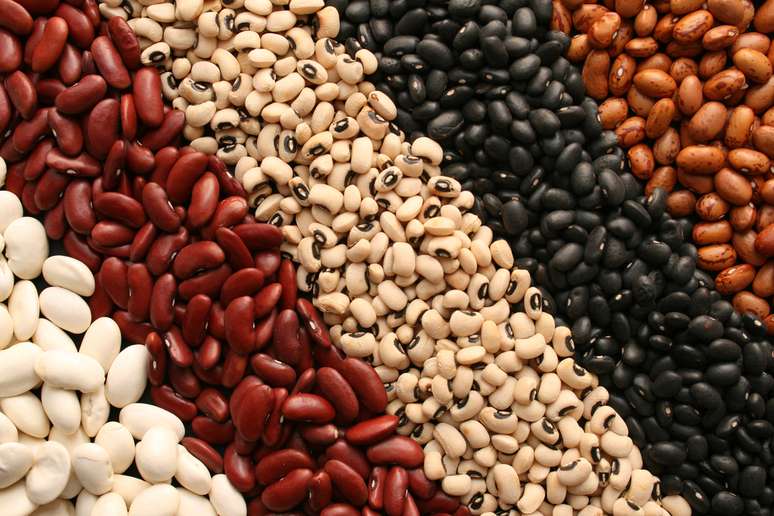
The expert says that beans contain non-heme iron and to have a good absorption of this vegetable iron, it is important to consume it together with vitamin C. Furthermore, the combination of beans with rice creates a perfect protein, because the amino acid that what is missing from beans is found in rice and what is missing from rice is found in beans.
«It is good to add lemon to the beans, not on the beans in the pan, but on the plate, at the moment of consumption, fresh lemon to help the absorption of iron. With the combination of rice and beans we can say that it is a complete protein and is part of the basic food basket,” explains Liliane.
Cereals
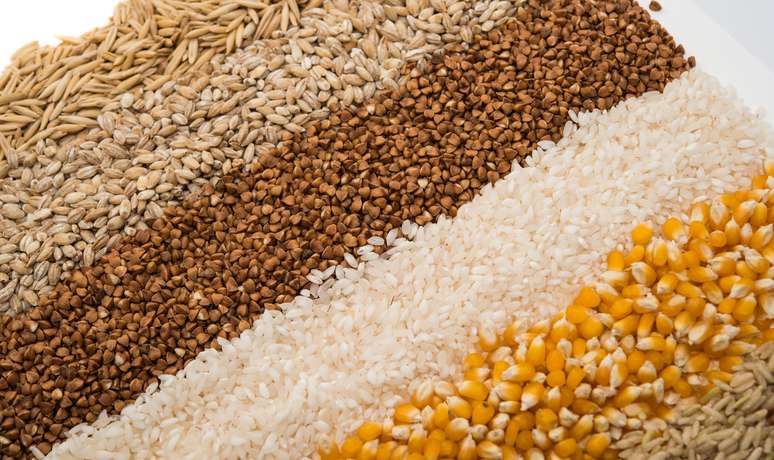
Oppermann states that cereals are sources of carbohydrates and, if present in the whole grain version, retain more fiber and nutrients. This group includes rice, corn grain, wheat grains, oats, corn or wheat flour.
Roots and tubers
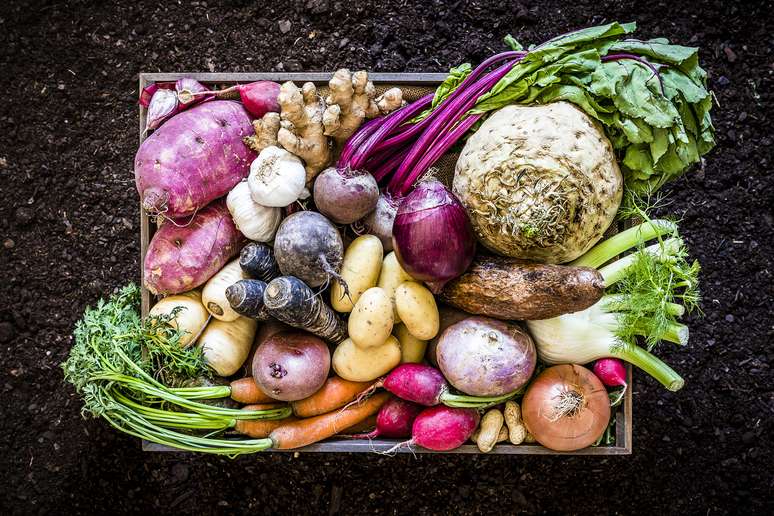
Roots and tubers that have carbohydrates as a source often end up offering carbohydrates with a medium to low glycemic index. These foods are important for a balanced diet, low in sugar and rich in complex carbohydrates.
“Beets, sweet potatoes and cassava, for example, are carbohydrates with a medium-high glycemic index. The English potato is tall,” explains the nutritionist.
Fruits, vegetables and greens
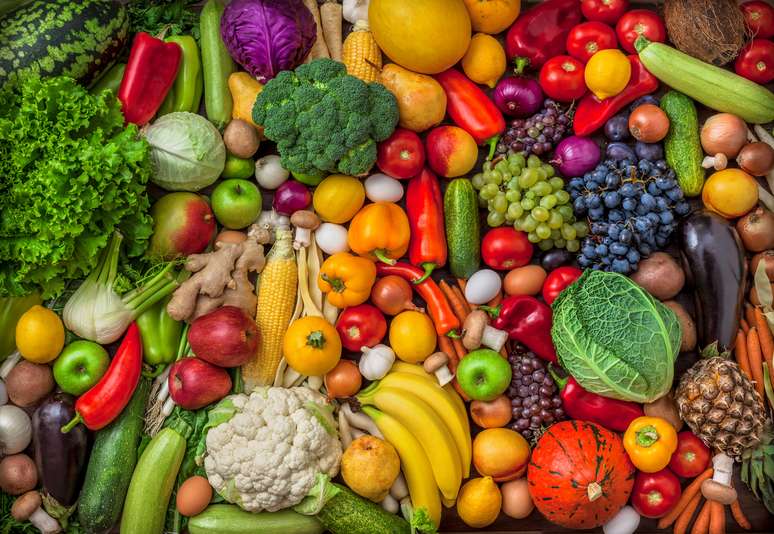
In addition to fiber, foods from this group are sources of vitamins and minerals, which are important positive factors. The expert says that in a basic food basket, micronutrients and minerals are as important as macronutrients.
Chestnuts and walnuts (oil seeds)
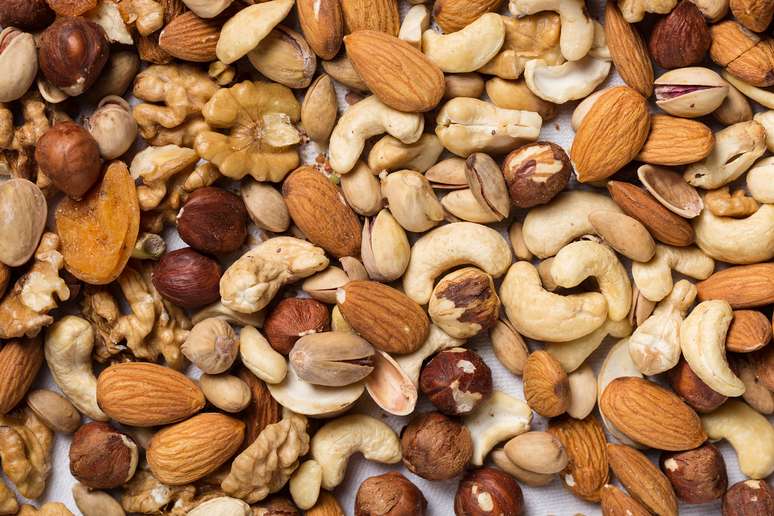
Oilseeds, known as “good fats”, are rich in fat-soluble vitamins such as vitamin E, K and D. Peanuts, cashews, Brazil nuts, licuri, macaúba and others stand out in this group.
Meat, eggs, milk and cheese
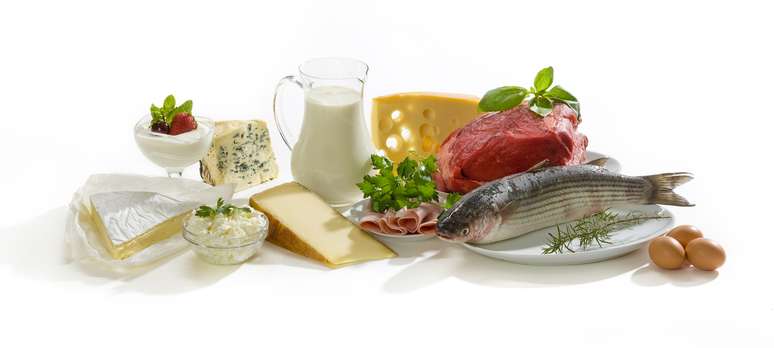
The nutritionist explains that the four groups are the main sources of protein in the basket and provide fats, as well as oil seeds. “When we talk about first foods and these, now we’re talking about all the macronutrients, carbohydrates, fats and proteins.”
Sugars, salt, oil and fats

Opermann says that this group does not necessarily need to be added to the diet and that foods do not necessarily require oil and fat in their preparation.
“Meat already contains fat, you don’t need to add it. It’s the same thing, fish, chicken, eggs, but they end up being present in our daily lives. And they remember the old food pyramid, they are at the top of the pyramid, they represent very little and are preferably the exception to our diet and not the rule”, says the professional.
Coffee, tea, mate and spices
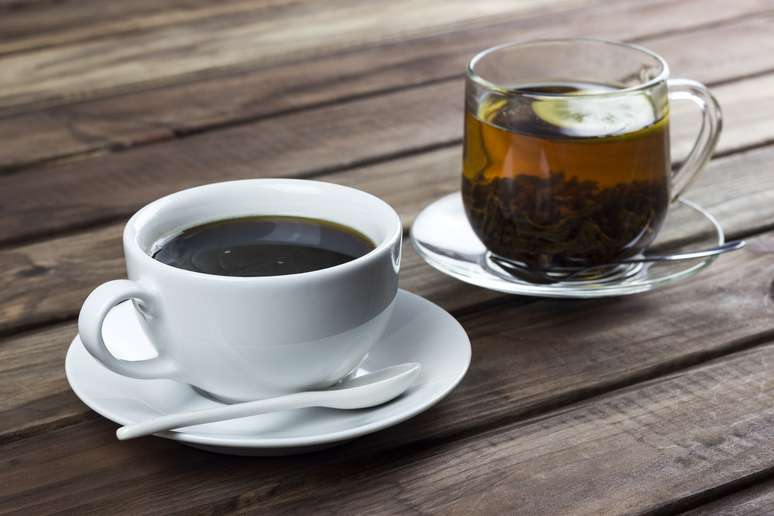
The components of this group fall into the so-called “functional foods”, which are those which, in addition to providing macronutrients and micronutrients, contain phytochemicals capable of reducing symptoms, preventing diseases and improving our health.
“Green tea has anticariogenic, anticancer, antioxidant and thermogenic properties. Coffee has this energizing thermogenic property due to caffeine. Turmeric is a powerful anti-inflammatory, while fennel has digestive and antispasmodic properties, for example,” explains the nutritionist.

15 foods for quick recovery when you’re sick
Source: Terra
Ben Stock is a lifestyle journalist and author at Gossipify. He writes about topics such as health, wellness, travel, food and home decor. He provides practical advice and inspiration to improve well-being, keeps readers up to date with latest lifestyle news and trends, known for his engaging writing style, in-depth analysis and unique perspectives.

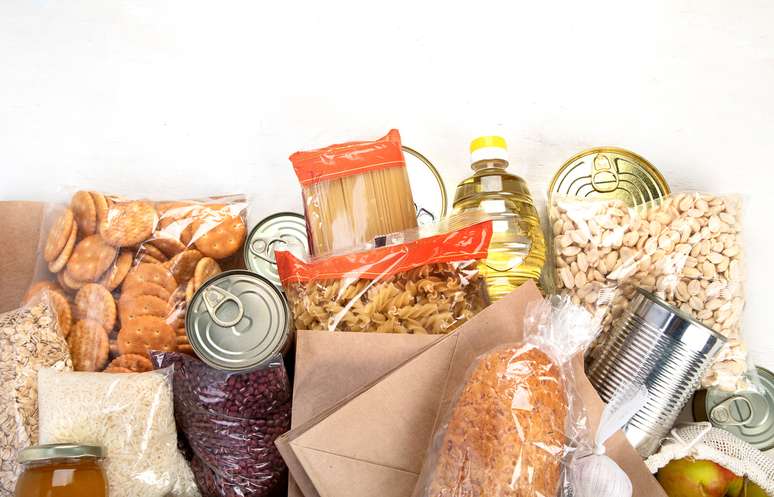

![A more beautiful life in advance: Vanessa and Silvi are ready to do everything to save sweat … [SPOILERS] A more beautiful life in advance: Vanessa and Silvi are ready to do everything to save sweat … [SPOILERS]](https://fr.web.img3.acsta.net/img/7f/38/7f38f0ec1b303b1d818aa5e477af477f.jpg)



